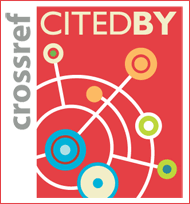ISSN : 1598-1142(Print)
ISSN : 2383-9066(Online)
ISSN : 2383-9066(Online)
Journal of architectural history Vol.34 No.1 pp.69-79
DOI : https://doi.org/10.7738/JAH.2025.34.1.069
DOI : https://doi.org/10.7738/JAH.2025.34.1.069
Modernizing the Shrines in Cemetery Sanctification Projects
Abstract
The purpose of this study is to examine the characteristics of the change by diachronically investigating the construction period, horizontal arrangement and vertical positional relationship with the burial mound, and architectural composition of shrines built together in cemetery, focusing on cases of domestic sanctification projects. The research method was organized chronologically after selecting the cemeteries through definition of terms and scope. I conducted a literature search, including historical records and newspaper articles, as well as the websites and on-site inspections of each cemetery. The results of the study are as follows. 1) In the sanctification project, it can be seen that placing the shrine at the bottom of the burial mound, similar to the relationship between Neung(royal tomb) and Jeongja-gag(pavilion), was judged to be a traditional arrangement. 2) The inverted relationship between burial mounds and shrines that appeared in the 1990s, that is, the mortuaries located above cemeteries, can be seen as a characteristic unique to democratized cemeteries. 3) As shrines are visited by the public, there is a tendency for them to be built on a majestic scale befitting a national sanctuary.











